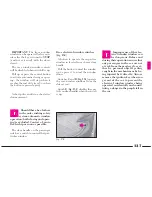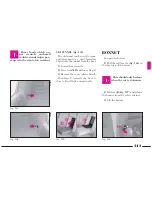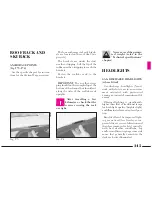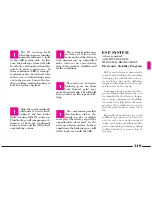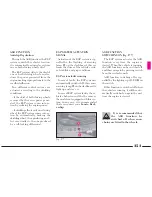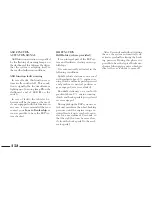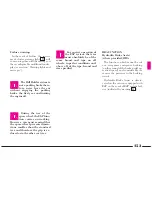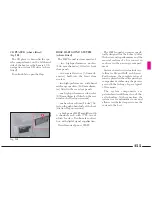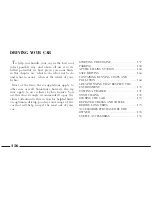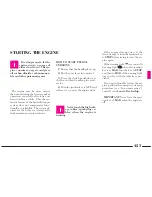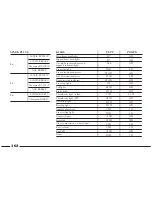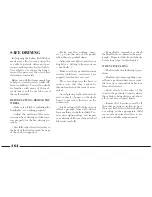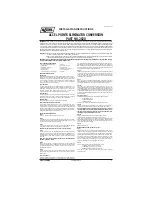
150
The control unit processes the infor-
mation received from the sensors and,
therefore, is able to continuously
monitor the vehicle’s position and
compare the latter with the path that
the driver intends to follow. In case of
disagreement, the control unit selects
and performs, in a fraction of a sec-
ond, the most adequate actions to
bring the vehicle back to its path: it
apply the brakes to one or several
wheels with different force and, if
necessary, reduces the power gener-
ated by the engine.
Corrective actions are continuously
modified and controlled to pursue the
path wanted by the driver.
The action of the ESP system greatly
increases the vehicle’s active safety in
many critical situations and is useful
especially when the roadbed adhesion
conditions are uneven.
When the sensors detect any condi-
tion that may cause the vehicle to
skid, the ESP system acts both on the
engine and the brakes, by generating
a stabilizing torque.
ESP SYSTEM OPERATION
The ESP system is automatically ac-
tuated upon starting the vehicle and
cannot be switched off.
The main components of the ESP
system are:
– an electronic control unit that
processes the signals received from the
various sensors and performs the most
adequate actions;
– a sensor that detects the steering
wheel position;
– four sensors that detect the re-
volving speed of each wheel;
– a sensor that detects the vehicle ro-
tation around the vertical axis, and an
integrated sensor that detects lateral
acceleration (centrifugal force).
The stabilizing action of the ESP
system is based on the calculations
made by the system’s electronic con-
trol unit, which processes the signals
received from the sensors used to de-
tect steering wheel rotation, lateral ac-
celeration and the revolving speed of
each wheel. These signals allow the
control unit to recognize the manoeu-
vre the driver is going to perform
when turning the steering wheel.
The system’s active safety
features must not induce
the driver to take any un-
necessary risk. Driving behaviour
must always be proportionate to
the roadbed conditions, as well as
to visibility and traffic. In any case,
the responsibility for road safety
always rests with the driver.
An ESP system that also incorpo-
rates the ASR function helps the dri-
ver keep control of the vehicle in case
of loss of grip between the tyre and
the roadbed.
The forces generated by the ESP
control system to control the vehicle’s
loss of stability always depend on the
grip between the tyres and the
roadbed.
Summary of Contents for Lybra
Page 1: ......
Page 13: ......
Page 104: ...103 CLIMATE CONTROL SYSTEM P4T0812 fig 98 ...
Page 292: ...291 ...
Page 293: ......
Page 294: ... Always ask your mechanic for ...
Page 296: ...NOTES ...
Page 298: ......


